Windows Process Director
Posted: March 21, 2012
Threat Metric
The following fields listed on the Threat Meter containing a specific value, are explained in detail below:
Threat Level: The threat level scale goes from 1 to 10 where 10 is the highest level of severity and 1 is the lowest level of severity. Each specific level is relative to the threat's consistent assessed behaviors collected from SpyHunter's risk assessment model.
Detection Count: The collective number of confirmed and suspected cases of a particular malware threat. The detection count is calculated from infected PCs retrieved from diagnostic and scan log reports generated by SpyHunter.
Volume Count: Similar to the detection count, the Volume Count is specifically based on the number of confirmed and suspected threats infecting systems on a daily basis. High volume counts usually represent a popular threat but may or may not have infected a large number of systems. High detection count threats could lay dormant and have a low volume count. Criteria for Volume Count is relative to a daily detection count.
Trend Path: The Trend Path, utilizing an up arrow, down arrow or equal symbol, represents the level of recent movement of a particular threat. Up arrows represent an increase, down arrows represent a decline and the equal symbol represent no change to a threat's recent movement.
% Impact (Last 7 Days): This demonstrates a 7-day period change in the frequency of a malware threat infecting PCs. The percentage impact correlates directly to the current Trend Path to determine a rise or decline in the percentage.
| Ranking: | 19,207 |
|---|---|
| Threat Level: | 2/10 |
| Infected PCs: | 12,174 |
| First Seen: | March 21, 2012 |
|---|---|
| Last Seen: | January 18, 2025 |
| OS(es) Affected: | Windows |
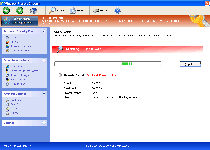 Windows Process Director is a fake anti-malware and security program that deceives you about your computer's health to swindle you out of your money. While Windows Process Director will claim to offer advanced control over memory processes, anti-phishing protection, live threat detection and other benign features, SpywareRemove.com malware researchers have verified Windows Process Director's total inadequacy at performing any type of security function. Windows Process Director may also be guilty of redirecting your web browser, blocking PC security sites or blocking legitimate security programs. Since Windows Process Director is both worthless as a security product and an active danger to your PC, you should strongly consider disabling and removing Windows Process Director with appropriate anti-malware tactics and software.
Windows Process Director is a fake anti-malware and security program that deceives you about your computer's health to swindle you out of your money. While Windows Process Director will claim to offer advanced control over memory processes, anti-phishing protection, live threat detection and other benign features, SpywareRemove.com malware researchers have verified Windows Process Director's total inadequacy at performing any type of security function. Windows Process Director may also be guilty of redirecting your web browser, blocking PC security sites or blocking legitimate security programs. Since Windows Process Director is both worthless as a security product and an active danger to your PC, you should strongly consider disabling and removing Windows Process Director with appropriate anti-malware tactics and software.
Windows Process Director – Expertly Directing the Cues to Your Computer Problems
Windows Process Director may act like a security program on the inside, but internally, Windows Process Director is busy orchestrating a detailed hoax to convince you that imaginary PC threats are assailing your computer. This finely-crafted illusion includes fake system scans, fraudulent alert messages, hijack attacks against your web browser and a selective application barricade to prevent you from using real anti-malware programs to delete Windows Process Director. Although Windows Process Director is limited to attacking Windows, from Windows it will launch automatically and display its varied types of fraudulent system information without any obvious way for you to turn Windows Process Director off.
Although not its most patently detectable attack, SpywareRemove.com malware experts consider Windows Process Director's ability to block security programs (such as Task Manager and popular brands of anti-virus scanners) to be Windows Process Director's most dangerous attribute. You may need to use Safe Mode or another alternative in system boot options to shut Windows Process Director down and access your other applications to remove Windows Process Director safely. Prolonged lack of access to programs that Windows Process Director blocks will leave your PC more vulnerable than normal to attacks by other PC threats, and due haste in Windows Process Director's deletion is strongly advised.
Sorting Windows Process Director's Fake Warnings Out from the Real Thing
Windows Process Director is also known for displaying fraudulent warning messages and fake system errors in a variety of formats, including via browser pages, taskbar balloons and other types of pop-ups. These messages never contain accurate security-related information, and SpywareRemove.com malware researchers suggest that you ignore any alert coming from Windows Process Director.
Windows Process Director can be removed by any anti-malware product that's capable of dealing with FakeVimes PC threats. Other members of the FakeVimes family include Privacy Guard Pro, Extra Antivirus, Fast Antivirus 2009, Presto TuneUp, Windows Security Suite, Smart Virus Eliminator, Packed.Generic.245, Volcano Security Suite, Windows Enterprise Suite, Enterprise Suite, Additional Guard, Live PC Care, PC Live Guard, Live Enterprise Suite, Security Antivirus, My Security Wall, CleanUp Antivirus, Smart Security and PrivacyGuard Pro 2.0. However, you may need to update your software before it can detect all components in a Windows Process Director attack, since Windows Process Director is a recent addition to this old family of rogue anti-virus programs and may include changes to obfuscate its code.
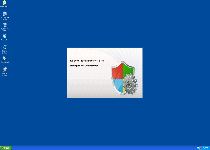
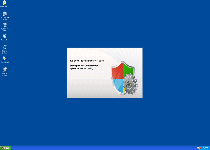
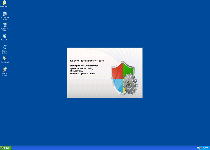
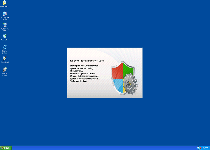
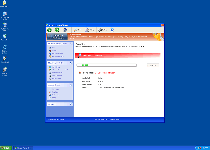
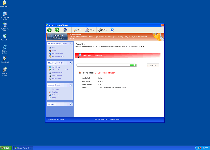
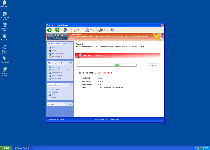
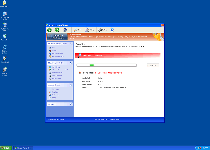
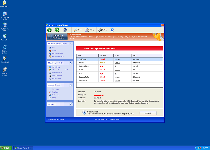
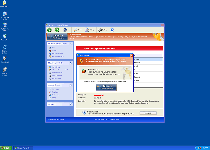
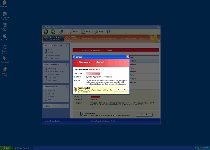
Technical Details
File System Modifications
Tutorials: If you wish to learn how to remove malware components manually, you can read the tutorials on how to find malware, kill unwanted processes, remove malicious DLLs and delete other harmful files. Always be sure to back up your PC before making any changes.
The following files were created in the system:%appdata% pswf32.dll
File name: %appdata% pswf32.dllFile type: Dynamic link library
Mime Type: unknown/dll
Group: Malware file
%appdata%Inspector-[rnd].exe
File name: %appdata%Inspector-[rnd].exeFile type: Executable File
Mime Type: unknown/exe
Group: Malware file
%commonprograms%Windows Process Director.lnk
File name: %commonprograms%Windows Process Director.lnkFile type: Shortcut
Mime Type: unknown/lnk
Group: Malware file
%desktopdir%Windows Process Director.lnk
File name: %desktopdir%Windows Process Director.lnkFile type: Shortcut
Mime Type: unknown/lnk
Group: Malware file
Registry Modifications
HKEY..\..\..\..{Subkeys}HKEY_CURRENT_USERSoftwareMicrosoftWindowsCurrentVersionRun!Inspector
Leave a Reply
Please note that we are not able to assist with billing and support issues regarding SpyHunter or other products. If you're having issues with SpyHunter, please get in touch with SpyHunter customer support through your SpyHunter . If you have SpyHunter billing questions, we recommend you check the Billing FAQ. For general suggestions or feedback, contact us.